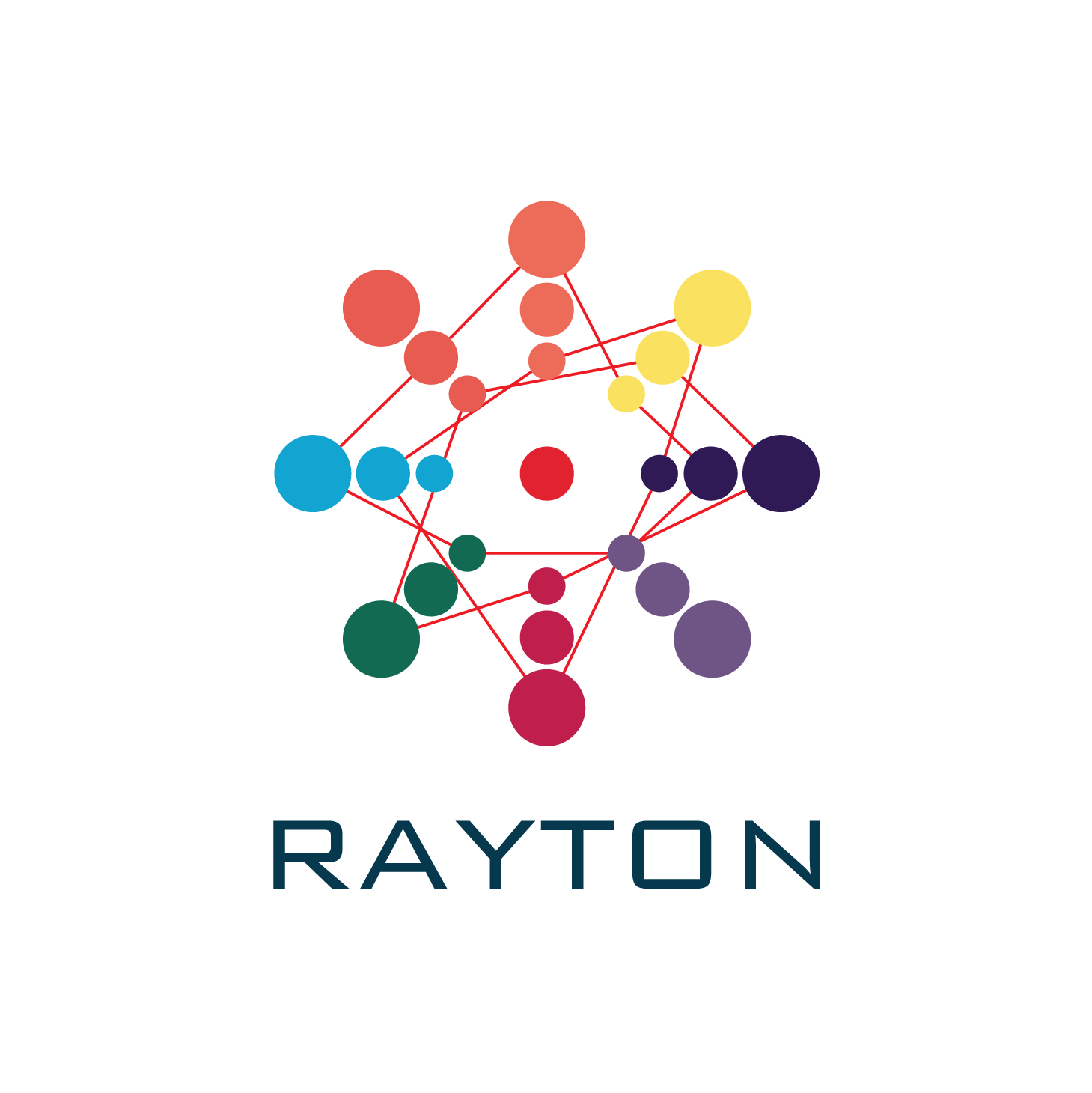Invest in Next Generation Tech
Our proprietary silicon semi conductors are disrupting markets in multiple industries as well as revolutionizing technology we use every day!
Lets Make History Together

Your investment will help Rayton to develop a full proof-of-concept, which will, in turn, allow us to begin marketing our product. Looking forward; by diversifying the applications of our products, we will be able to strengthen ourselves for market entry.
Solar will continue to be a product at our roots, and we will continue to service the high-efficiency solar cell industry. We believe that initially bringing down the cost of GaAs wafers will have a ripple effect in bringing down the overall cost of GaAs-based solar cells.
The markets for our product are diverse and increasing in demand. The GaAs wafer market was $316.49M in 2019 and growing with a 7.2% compound annual growth rate (8). The overall GaAs device market is expected to grow to $22 billion by 2026 (9). We would like to enter this market with a “product zero” engineered GaAs wafer that we believe can be sold to the market at a twenty-five percent (25%) discount to competitive prices.
Our technology is positioned to have a major impact in many industries. We are getting closer every single day. We have the machine, we have the patents, and we have the process flow. We are making history as one of the first democratically-funded technology companies.
Join the 5,000 other shareholders who invested in Rayton and become part of this groundbreaking next-generation technology.
Why Invest in
Rayton Solar
Feature 01.
Manufacturing process can yield 100 times the material as conventional methods.
Feature 02.
Awarded two patents for our groundbreaking semiconductor wafers and the processes required to manufacture them.
Feature 03.
Backed by over 5,000 investors.

Our
Roadmap
Current Stage
Rayton plans to use this fundraising round for the advancement of our beta phase production. During this phase, Rayton will produce engineered wafers in-house to sample out to epitaxy and wafer foundries for high-speed high-power electronic components.
Once sales agreements are finalized, Rayton will then move onto single-line production. Once in revenue, Rayton will invest in more equipment to increase the throughput of the single accelerator line to reach the maximum production capability of the full-line production phase.
Service Title
We will need to buy additional semiconductor processing equipment to move into a high volume manufacturing phase which will bring us into revenue. We will need about $14M to get the company into a revenue phase that can generate approximately $9M per year or 120,000 wafers per year.
The estimated timeline of Phase 1 is 12 months beginning in Year 2. We estimate that we will be able to attain $9M in gross revenue per year provided that the company is able to attain approximately $10.12M in production equipment.
We estimate that in this phase there will be $1.965M in operating expense and $2.52M in COGS. This assumes $100 per GaAs wafer with 100 uses per wafer and $20 per wafer for the handle substrates. We assume 2 shifts per day at 8 hours per shift with 300 days of operation in the year. We assume that our wholesale price per wafer would be $75.
Phase One
The Beta phase will bring us to a full proof-of-concept where we can begin marketing our product. We need to make the final payment on the accelerator once testing is complete. This is in the amount of $954K. We have already paid about $1.4M on the accelerator. The rest of the proceeds will go towards operating the company to create samples and prepare us to raise additional capital.
The estimated timeline of our Beta Phase is 12 months beginning in Year 1. In creating our projections, we relied on assumptions that the Company will be able to make the final payment on the accelerator which is required for our product and begin using it to build sample materials. We also assume that the company will be able to create sample materials with the funds available and we estimate operating costs during this phase to be approximately $60K per month.
Phase Two
We need to add on the additional semiconductor processing equipment in order to increase the throughput of the full manufacturing line. By adding this additional equipment, we can increase to the maximum throughput attainable for one accelerator of 432,000 wafers per year. This will generate an estimated $32M per year in revenue. Expenditures on the capital equipment could be reduced through the lease or purchase of used equipment.
The estimated timeline of Phase 2 is 12 months beginning in Year 3. We estimate that we will be able to attain $32M in gross revenue per year provided that the company is able to attain approximately $15.5M in additional production equipment. We estimate that in this phase there will be $5.197M in operating expense and $9.072M in COGS. This assumes $100 per GaAs wafer with 100 uses per wafer and $20 per wafer for the handle substrates. We assume 2 shifts per day at 8 hours per shift with 300 days of operation in the year. We assume that our wholesale price per wafer would be $75.
.png)

